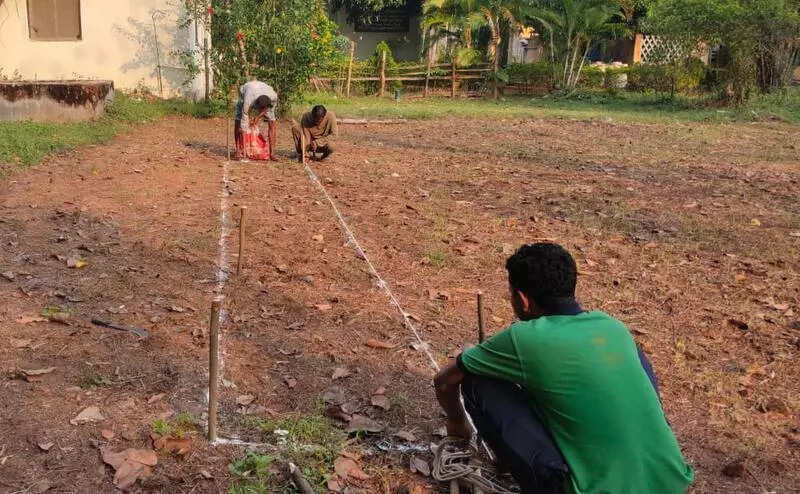Similipal to set up mini nurseries for endangered plants conservation | Bhubaneswar News

Bhubaneswar: The forest department’s wildlife wing has decided to establish six mini nurseries dedicated to preserving endangered plant species in Similipal Tiger Reserve. These specialised facilities will focus on growing and nurturing threatened flora native to the landscape. The initiative also aims to repopulate vacant and degraded forest areas within the reserve by transplanting these cultivated species. Recently, Similipal was accorded national park status.
Sai Kiran, deputy director (North Similipal), said the nurseries are of different sizes, and endangered saplings, which grow naturally in the forest after their seeds fall on the ground, will be collected. “There are two ways to develop the nurseries. First, by collecting baby plants that grow naturally in the forest, and second, by collecting the seeds and nurturing them in nurseries until they become fit for plantation,” he told TOI.
A maximum of 3,000 saplings and a minimum of 1,000 will be grown during the four-year nursery programme. “There are trees that were broken with just the stump left. We will put the sapling on the stump so that the stump carries necessary food and helps the plant survive. In another way, some saplings will be planted afresh by digging the earth,” he said.
Endangered species like Ficus bengalensis are fit to be grown by planting them in dead stumps. Other endangered species are Careya arborea, Dillenia pentagyna, Terminalia chebula, Terminalia bellirica, Pterocarpus marsupium, and Kydia calycina. “There are more than 40 endangered species that can be planted for their long-term conservation so that the uniqueness of the Similipal biosphere is restored,” wildlife officials said.
In 2015, Similipal authorities developed a natural cluster of rare species of plants into a research and tourist hub at Bhajam near Pithabata eco-tourism site. Then, the wildlife wing identified 25 to 30 species of trees, some of which are medicinal. “Research scholars and students of botany come to Similipal to study the nature of plants and their identification. Besides research scholars, tourists can also visit the site,” officials said. At present, research scholars visit Gudugudia, where around 63 varieties of orchids are reared and preserved for research purposes.
Sai Kiran, deputy director (North Similipal), said the nurseries are of different sizes, and endangered saplings, which grow naturally in the forest after their seeds fall on the ground, will be collected. “There are two ways to develop the nurseries. First, by collecting baby plants that grow naturally in the forest, and second, by collecting the seeds and nurturing them in nurseries until they become fit for plantation,” he told TOI.
A maximum of 3,000 saplings and a minimum of 1,000 will be grown during the four-year nursery programme. “There are trees that were broken with just the stump left. We will put the sapling on the stump so that the stump carries necessary food and helps the plant survive. In another way, some saplings will be planted afresh by digging the earth,” he said.
Endangered species like Ficus bengalensis are fit to be grown by planting them in dead stumps. Other endangered species are Careya arborea, Dillenia pentagyna, Terminalia chebula, Terminalia bellirica, Pterocarpus marsupium, and Kydia calycina. “There are more than 40 endangered species that can be planted for their long-term conservation so that the uniqueness of the Similipal biosphere is restored,” wildlife officials said.
In 2015, Similipal authorities developed a natural cluster of rare species of plants into a research and tourist hub at Bhajam near Pithabata eco-tourism site. Then, the wildlife wing identified 25 to 30 species of trees, some of which are medicinal. “Research scholars and students of botany come to Similipal to study the nature of plants and their identification. Besides research scholars, tourists can also visit the site,” officials said. At present, research scholars visit Gudugudia, where around 63 varieties of orchids are reared and preserved for research purposes.
















